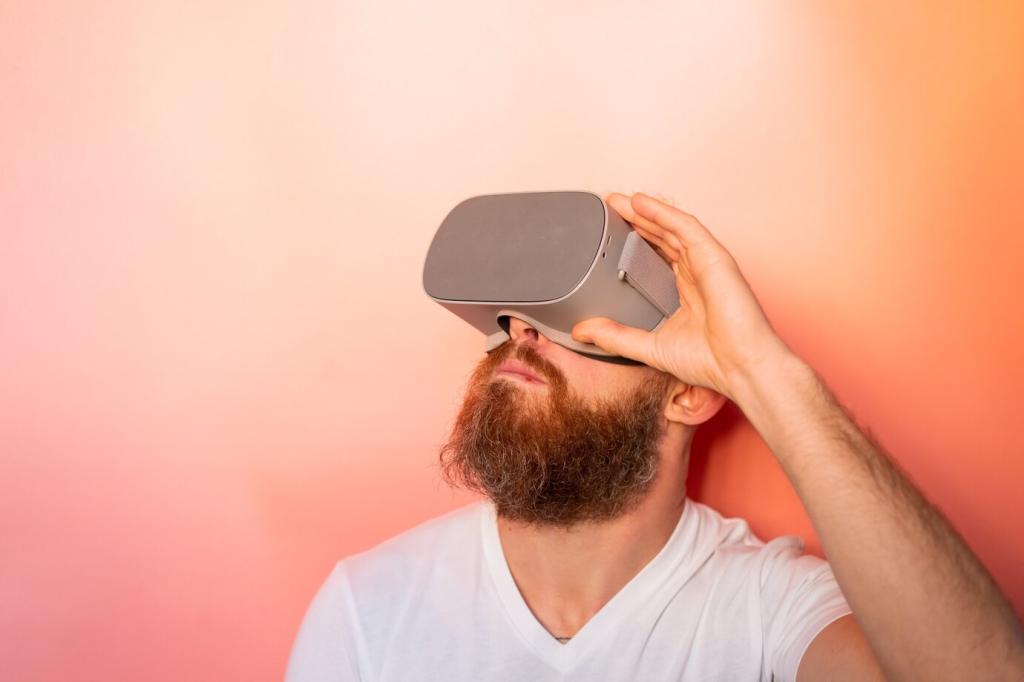
The Role of VR in Modern Home Decor
Virtual reality (VR) is revolutionizing how we envision, plan, and execute home decor projects. No longer restricted to video games or cinematic experiences, VR now offers homeowners and designers a dynamic platform to experiment with styles, layouts, and colors within simulated spaces. This technology bridges imagination and reality, allowing users to interact with decor elements before making costly or time-consuming decisions. As VR becomes more accessible, it’s set to reshape the entire home decor industry, ushering in a new era of immersive design experiences that empower creativity and confidence.
Immersive Visualization and Planning
Seeing Design Concepts in Context
Using VR headsets or compatible devices, homeowners can virtually step into their future living rooms, bedrooms, or kitchens. This immersive approach helps people see how new furniture, wall colors, or design themes will appear in their actual spaces, taking into account lighting, proportions, and room flow. Rather than relying on static images or mood boards, clients experience the room dynamically, enabling a deeper emotional connection to the proposed decor. This real-world simulation significantly reduces uncertainty and leads to confident decision-making.
Experimenting with Layouts and Configurations
VR enables rapid experimentation with various layouts, furniture arrangements, and decorative elements. Users can virtually move a sofa, swap out rugs, or resize a table within seconds, immediately perceiving the impact of each adjustment. This flexibility streamlines the trial-and-error phase of home design, saving time and reducing the risk of costly mistakes. As a result, both designers and homeowners can fine-tune spatial arrangements until they achieve the ideal balance of function and style.
Collaborative Design Experience
The collaborative capabilities of VR allow clients and designers to explore decor options together in a shared virtual environment, regardless of physical location. Through real-time interaction, both parties can suggest changes, compare alternatives, and discuss preferences as if standing side-by-side in the finished room. This shared experience builds trust, clarifies expectations, and fosters creative synergy, leading to more successful and satisfying home decor outcomes.
Customization and Personalization
VR empowers users to create decor scenarios that are uniquely suited to their daily routines and habits. For example, someone who entertains frequently might prioritize open layouts and flexible seating, while another may prefer cozy nooks for reading and relaxation. By virtually living in these different scenarios, homeowners gain insight into which designs best support their lifestyle, leading to spaces that are both beautiful and functional.
Previous
Next
Reducing Environmental Impact and Costs
01
Minimizing Material Waste
Traditional home makeover projects often involve purchasing samples of textiles, paints, and furnishings, many of which go unused. VR eliminates much of this waste by providing digital simulations of every possible decor element. Homeowners can assess colors, patterns, and finishes virtually, reserving physical trials only for their top choices. This targeted approach means fewer discarded materials and a notable reduction in the environmental footprint associated with redecorating.
02
Preventing Costly Mistakes
Investing in home decor comes with the risk of making expensive errors—such as ordering a sofa that doesn’t fit or painting an entire room an unsatisfactory color. VR mitigates this risk by allowing users to see the consequences of every decision before committing financially. This foresight translates to smarter investments, as users can make informed choices based on accurate virtual previews, reducing the likelihood of buyer’s remorse and unnecessary returns.
03
Streamlining the Buying Process
By coupling VR with online shopping platforms, homeowners can make swift and confident purchasing decisions without multiple trips to showrooms or stores. After designing the perfect space in VR, users can seamlessly order chosen items, knowing they will fit and coordinate with the desired look. This efficiency saves time, cuts down on transportation emissions, and supports a more sustainable approach to home decor consumption.
